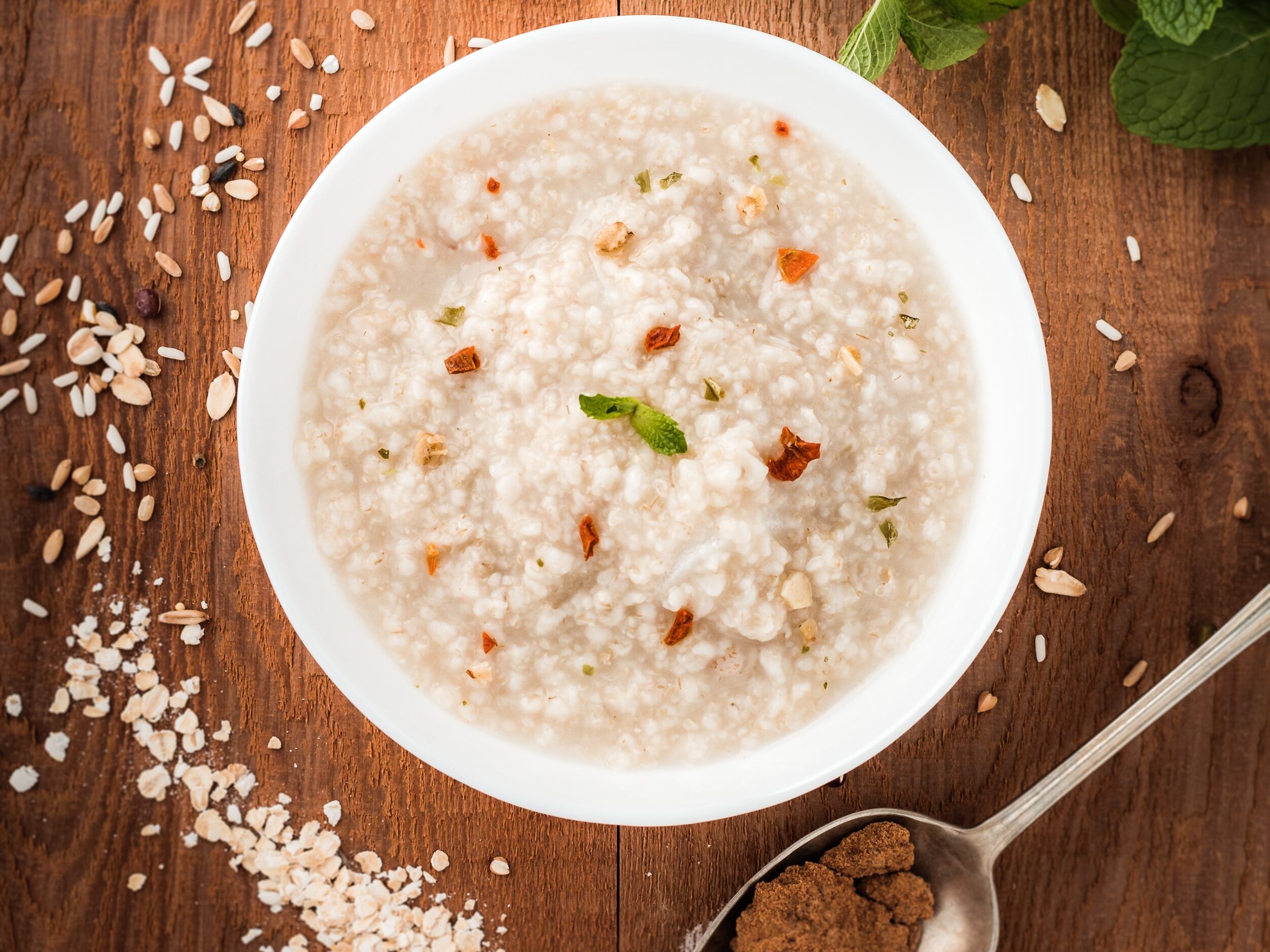According to Mohit Tandon Houston Texas US, An oatmeal diet can be a nutritious and effective way to achieve certain health goals, particularly weight loss and improved heart health. However, like any diet, it’s important to follow a balanced and sustainable plan. Here’s a simple guideline for a balanced oatmeal diet:

Breakfast: Oatmeal
Start your day with a hearty bowl of oatmeal. Choose plain, steel-cut, or rolled oats, as they are less processed and contain more nutrients than flavored instant oats. Here’s how to prepare a healthy oatmeal breakfast:
- Ingredients:
- 1/2 to 1 cup of oats (adjust to your hunger and calorie needs)
- Water or milk (dairy or plant-based) for cooking
- Toppings:
- Fresh or frozen berries
- Sliced banana
- Nuts (e.g., almonds, walnuts)
- Seeds (e.g., chia seeds, flaxseeds)
- A drizzle of honey or maple syrup for sweetness (use sparingly)
- Preparation:
- According to Mohit Tandon Burr Ridge, Cook the oats with water or milk according to package instructions.
- Add your choice of toppings for added flavor, texture, and nutrients.
Snacks and Meals:
Throughout the day, incorporate oats into your snacks and meals:
- Snacks:
- Oat-based energy bars or granola bars (choose those with minimal added sugars).
- Greek yogurt with oats and a drizzle of honey.
- Oat crackers with hummus or peanut butter.
- Lunch and Dinner:
- Use oats as a binder for veggie burgers or meatballs instead of breadcrumbs.
- Create savory oatmeal by adding sautéed vegetables, herbs, and a sprinkle of cheese.
- Use oats to thicken soups and stews.
Tips for Success:
- Portion Control: Be mindful of portion sizes to avoid overeating. A typical serving of oats is around 1/2 to 1 cup, depending on your calorie needs.
- Stay Hydrated: Oats are high in soluble fiber, so drink enough water throughout the day to aid digestion.
- Variety and Balance: While oats are nutritious, include a variety of foods in your diet to ensure you get a wide range of nutrients. Oatmeal should be part of a balanced diet, not the sole focus.
- Exercise: Combine your oatmeal diet with regular physical activity for better results in terms of weight management and overall health.
- Consult a Dietitian: If you have specific dietary goals or health concerns, consider consulting a registered dietitian. They can provide personalized guidance and help you create a well-balanced diet plan.
How can Oatmeal Diet help you to Loose weight ?
An oatmeal diet can potentially help with weight loss for several reasons:
- High in Fiber: Oats are rich in soluble fiber, particularly beta-glucans, which can help you feel full and satisfied for longer periods. This can lead to reduced overall calorie intake throughout the day.
- Low in Calories: Plain oats are relatively low in calories when compared to many other breakfast options. By starting your day with a bowl of oatmeal, you consume fewer calories than a high-calorie breakfast like pastries or sugary cereals.
- Steady Energy Release: Oats provide complex carbohydrates, which are slowly digested and provide a steady release of energy. This can help prevent energy crashes and cravings for high-calorie, sugary snacks.
- Control Over Toppings: Mohit Tandon Burr Ridge says that When you prepare your oatmeal, you have control over what you add to it. By choosing healthy toppings like fruits, nuts, and seeds, you can enhance the nutrient content and flavor without significantly increasing calorie intake.
- Blood Sugar Regulation: The fiber in oats can help stabilize blood sugar levels, reducing the likelihood of sudden hunger pangs and cravings.
- Satiety: Oatmeal has a high satiety index, which means it has a strong ability to make you feel full and satisfied, potentially reducing overall food intake throughout the day.
However, it’s important to approach an oatmeal diet with some guidelines to make it effective and sustainable:
- Choose Plain Oats: Opt for plain oats (steel-cut, rolled, or quick oats) rather than pre-packaged flavored oats that can be high in added sugars and calories.
- Watch Toppings: While toppings like nuts, seeds, and fruits are nutritious, they can also add calories. Be mindful of portion sizes, especially if you’re looking to lose weight.
- Portion Control: Pay attention to portion sizes when preparing oatmeal. Eating too much, even of a healthy food, can still lead to weight gain.
- Balance and Variety: While oatmeal can be a healthy and filling breakfast, it’s important to maintain a balanced diet throughout the day, including a variety of foods from different food groups.
- Exercise: Incorporate regular physical activity into your routine to support weight loss and overall health.
- Consult a Dietitian: If you’re planning to follow an oatmeal-based diet for weight loss, it’s advisable to consult with a registered dietitian. They can help you create a customized meal plan that aligns with your specific goals and dietary needs.
Remember that weight loss is a complex process influenced by various factors, including individual metabolism, activity level, and overall diet. An oatmeal diet can be a healthy component of a weight loss plan, but it’s essential to approach it as part of a well-rounded and sustainable eating pattern.
